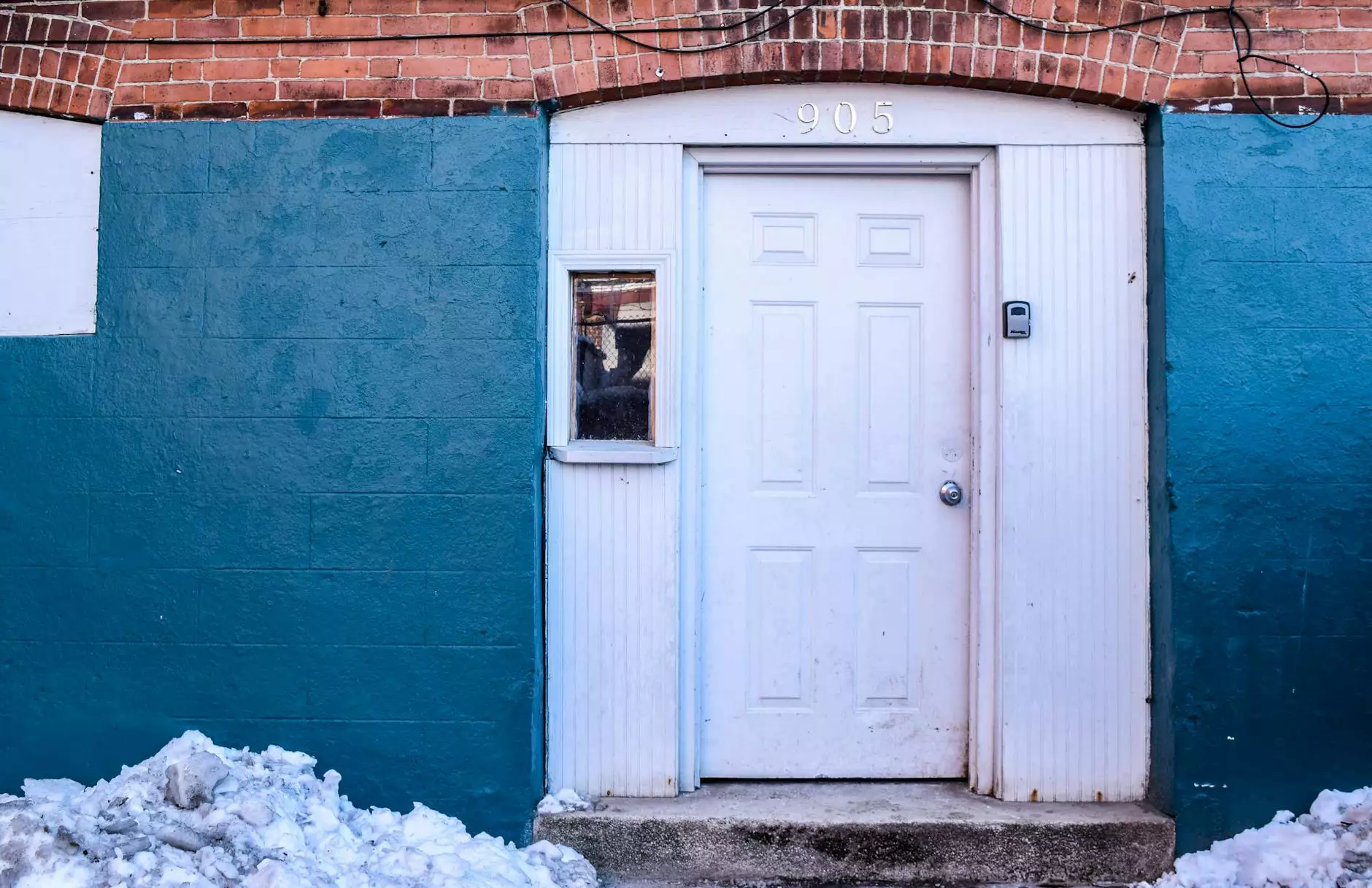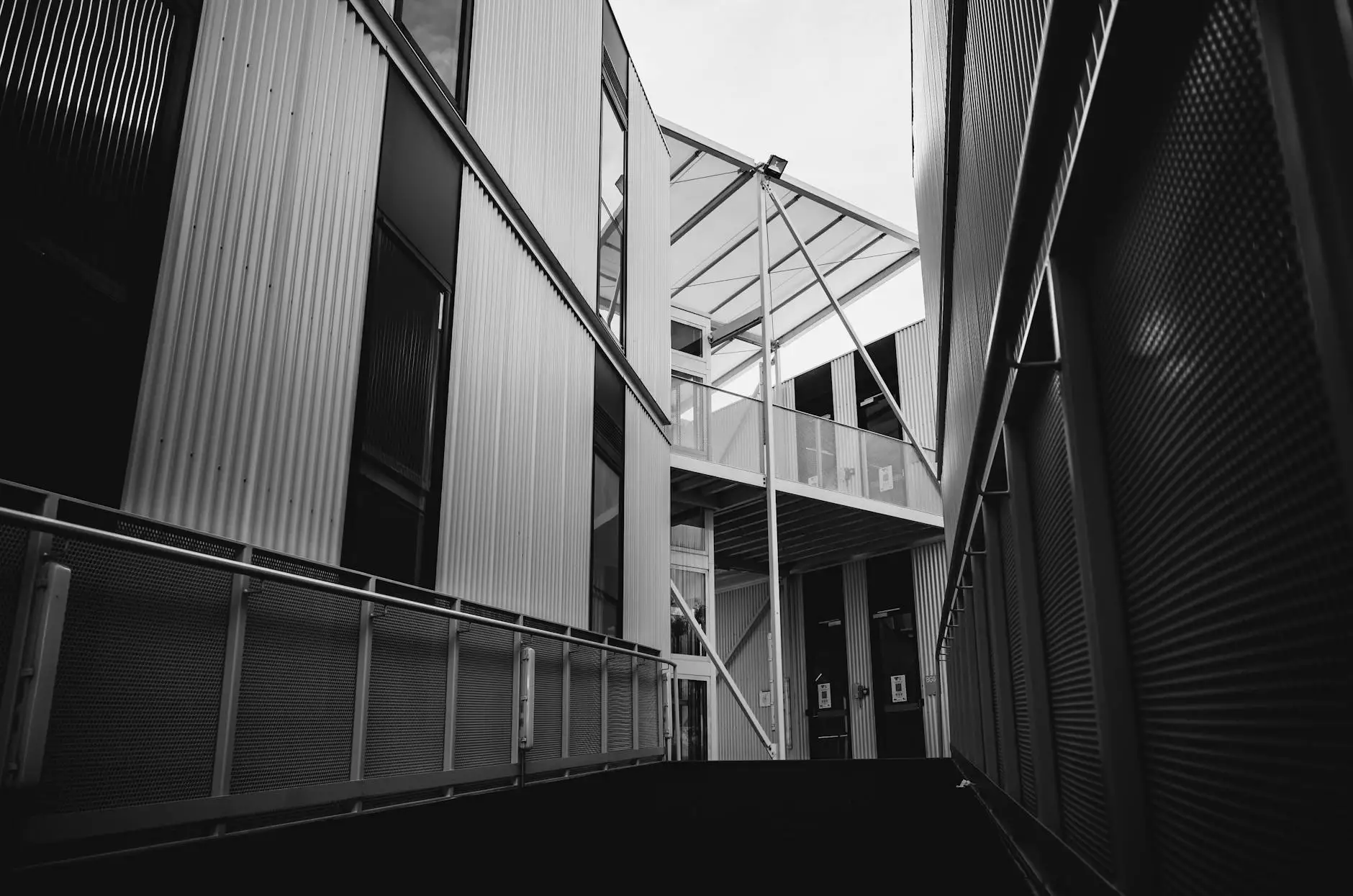Understanding Lung Cancer CT Scans

Lung cancer remains one of the leading causes of cancer-related deaths globally. The early detection of this disease significantly improves the prognosis for patients. One of the most effective techniques for detecting lung cancer at an early stage is through a lung cancer CT scan.
What is a Lung Cancer CT Scan?
A lung cancer CT scan (computed tomography scan) is a specialized imaging technique that utilizes X-rays to create detailed cross-sectional images of the lungs. Unlike a standard X-ray, a CT scan provides a more comprehensive view, allowing healthcare professionals to identify abnormalities that may be indicative of lung cancer.
Why is a Lung Cancer CT Scan Important?
The importance of a lung cancer CT scan cannot be overstated. It serves several crucial purposes:
- Early Detection: CT scans can detect lung cancer at its earliest stages when treatment options are most effective.
- Diagnosis Confirmation: If a physician suspects lung cancer based on symptoms or other tests, a CT scan can confirm the diagnosis.
- Treatment Planning: CT scans help in assessing the size, location, and spread of tumors, which is essential for planning appropriate treatment.
- Monitoring Treatment: These scans are also used to monitor the effectiveness of ongoing treatments and check for any recurrence of cancer.
How Does a Lung Cancer CT Scan Work?
The process of a lung cancer CT scan is relatively straightforward. Here’s what typically happens during the procedure:
- Preparation: Patients may be asked to change into a gown and remove any metal objects that could interfere with the imaging.
- Positioning: You will lie on a table that slides into a large, donut-shaped machine.
- Scanning: The technician will instruct you to hold your breath for brief periods while images are taken. This helps to obtain clear pictures of the lungs.
- Completion: The entire process usually takes about 10 to 30 minutes, and you can resume your normal activities right after the scan.
What to Expect After a Lung Cancer CT Scan
After your lung cancer CT scan has been completed, the images will be reviewed by a radiologist, who will prepare a report for your physician. Depending on the findings, further tests or treatment options may be discussed. It’s crucial to have follow-up appointments to further assess the results and adapt the treatment plan accordingly.
Benefits of a Lung Cancer CT Scan
The benefits of undergoing a lung cancer CT scan are significant:
- High Sensitivity: CT scans are highly sensitive and can detect small nodules that may indicate cancer.
- Non-Invasive Procedure: The scan is non-invasive, making it a safer option compared to surgical biopsies for initial assessments.
- Fast Results: CT scans provide quick results, which is critical in urgent diagnoses.
- Comprehensive Imaging: The detailed images from CT scans help in the precise delineation of tumors from surrounding structures.
Risks and Considerations
While a lung cancer CT scan is a valuable diagnostic tool, it’s important to be aware of potential risks:
- Radiation Exposure: CT scans use higher doses of radiation compared to regular X-rays, which may slightly increase your risk of cancer over time.
- False Positives: Sometimes, a CT scan may indicate the presence of cancer when none exists, leading to unnecessary anxiety and tests.
- Contrast Reaction: If a contrast dye is used, there is a small risk of allergic reaction.
Who Should Consider a Lung Cancer CT Scan?
Certain individuals may benefit more from a lung cancer CT scan:
- Smokers or Former Smokers: Those with a long history of smoking are at a higher risk and may be candidates for screening.
- People Exposed to Carcinogens: Individuals who have been exposed to certain hazardous substances such as asbestos or radon may need screening.
- Family History: Those with a family history of lung cancer should discuss screening options with their healthcare providers.
Current Guidelines for Lung Cancer Screening
Guidelines for lung cancer screening vary, but established recommendations from organizations such as the U.S. Preventive Services Task Force (USPSTF) suggest that:
- Adults aged 50 to 80 years who have a significant smoking history should have an annual CT scan.
- Screening is advised to continue as long as the individual is healthy enough to undergo treatment.
Integrating Lung Cancer CT Scans into a Comprehensive Health Strategy
Conducting a lung cancer CT scan is only one aspect of a comprehensive health and medical strategy. It should be integrated with regular check-ups, lifestyle modifications, and education about preventive measures. Consider these steps as part of your holistic approach:
- Regular Health Screenings: Keep up with all recommended health screenings and physical exams.
- Healthy Lifestyle Choices: Quit smoking, maintain a healthy diet, and engage in regular physical activity.
- Education on Risks: Stay informed about lung cancer risks and early symptoms for prompt action.
Conclusion
In conclusion, a lung cancer CT scan plays a pivotal role in the early detection and management of lung cancer. Its ability to provide detailed images allows healthcare providers to detect abnormalities that could indicate cancer long before symptoms appear. While there are risks associated with the procedure, the benefits often outweigh them, especially for high-risk populations. Final outcomes depend not only on early detection through these scans but also on how well these measures are integrated into a broader health strategy.
For individuals seeking clarity on their lung health, discussing the potential need for a CT scan with a healthcare provider can be a crucial step towards preventive health and well-being.
As part of HelloPhysio's commitment to health and medical services, we emphasize the importance of early detection and treatment of conditions such as lung cancer. Our team of professionals is here to support you every step of the way.






